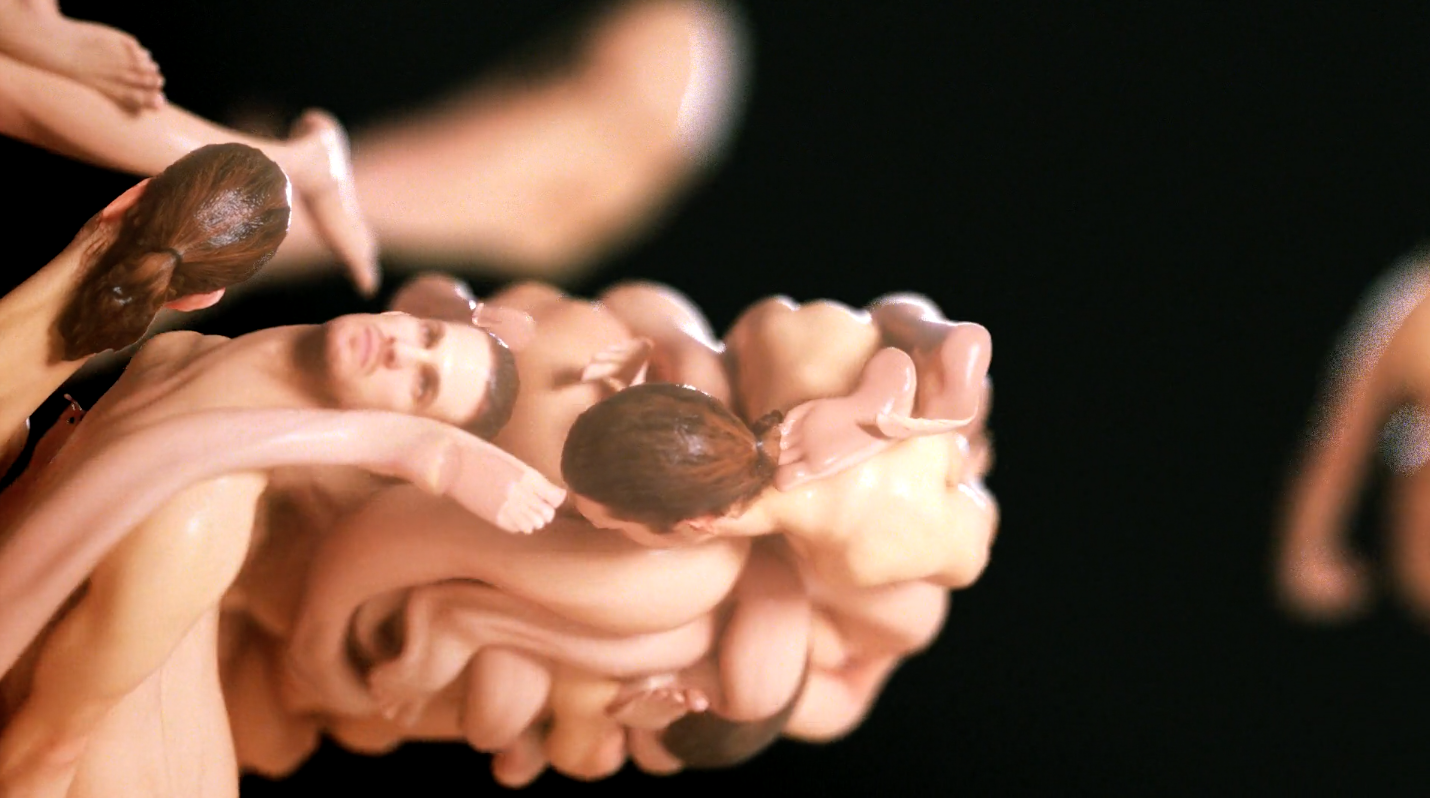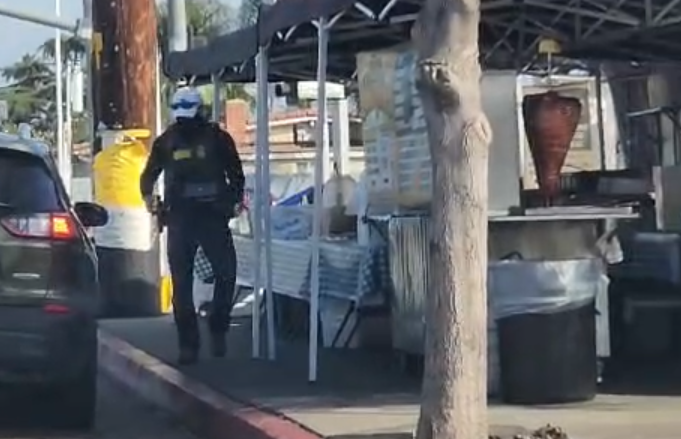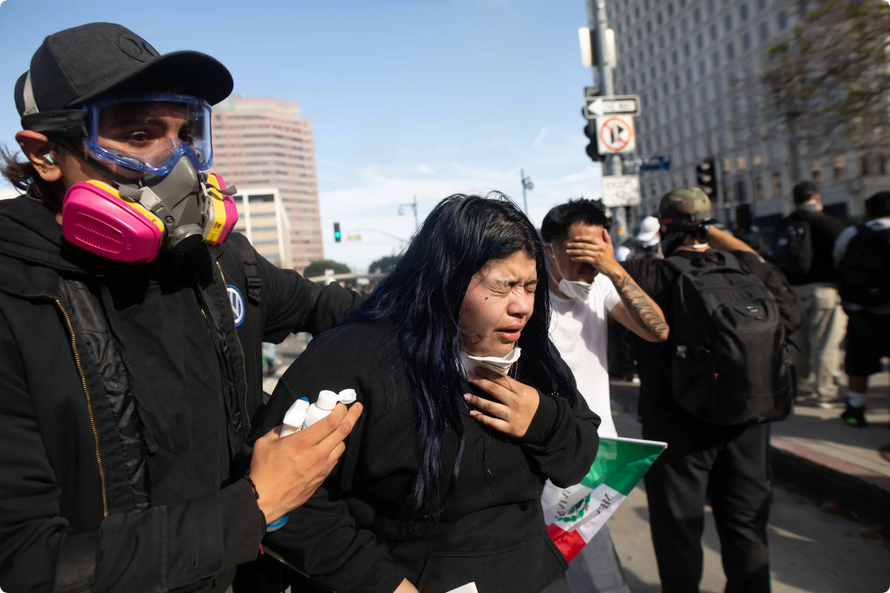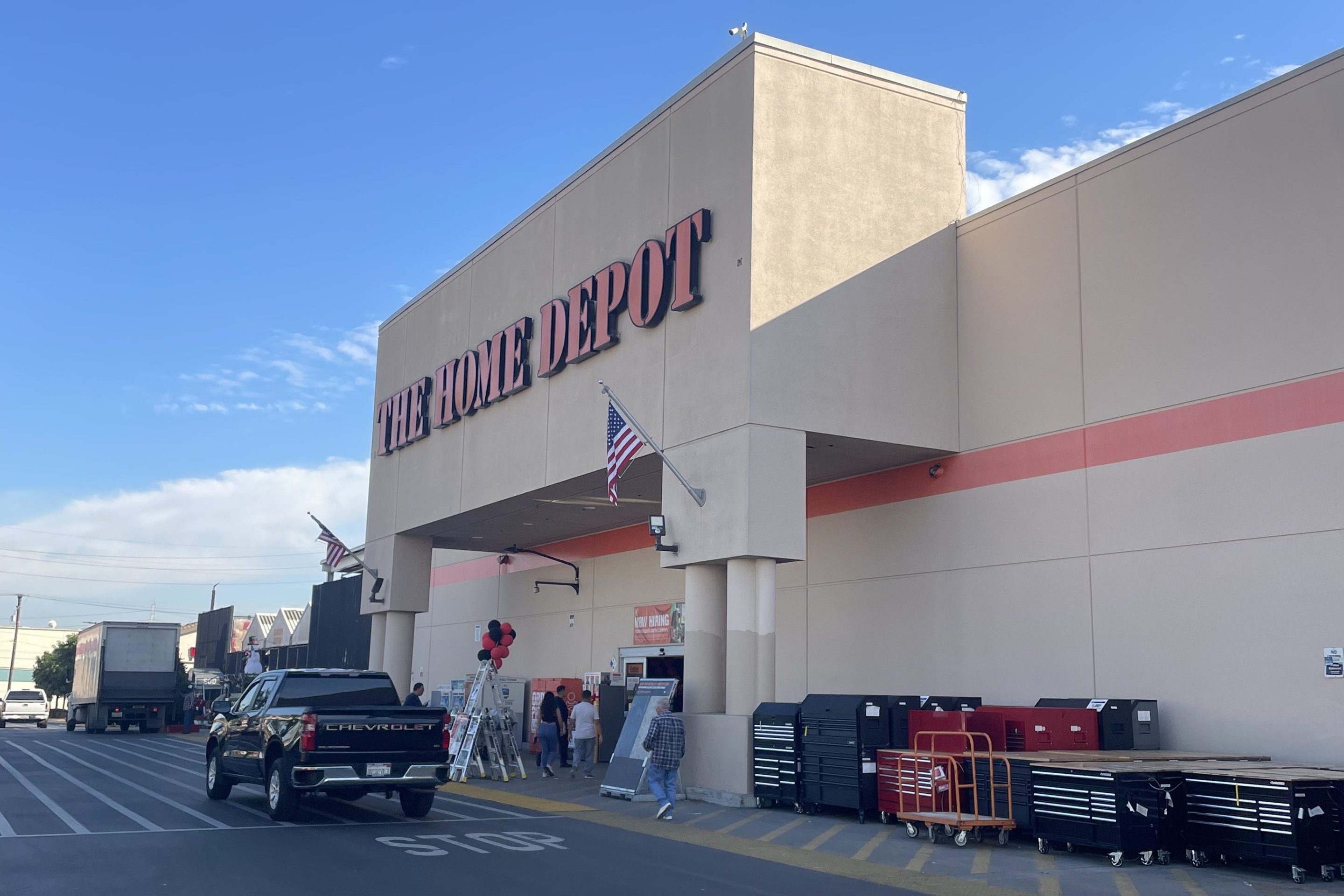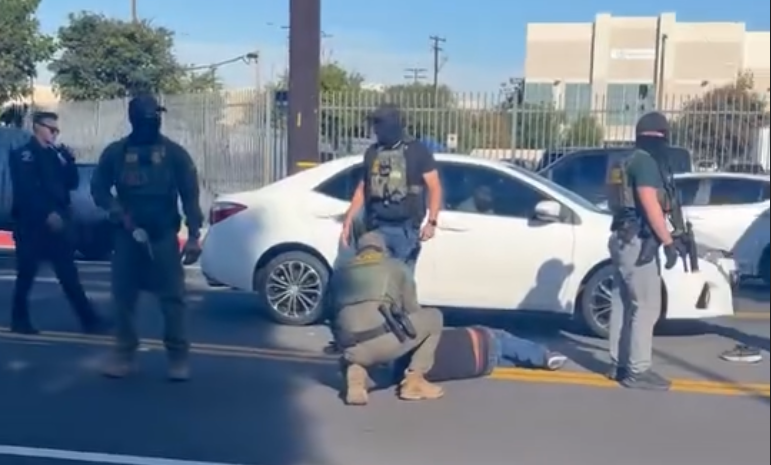Albert Omoss is a computational artist who creates moving images unlike anything you've seen before. He uses code to create software, and software to create visual art.
To fulfill a fascination with systems, Omoss began programming computers when he was 8 years old. Despite working in the seemingly cold world of numbers, math, and code, his art is human, plastic, and existential. It's possible to find his work both deeply bizarre and strangely, if uncomfortably familiar.
Perhaps his best known work is the short film Entangle, which was awarded a Vimeo Staff Pick. Albert's latest psychedelic creation, Undercurrents, is embedded below, as are some of our other favorites. We recently got the chance to ask this unique LA-based artist about his work, career, and favorite taco spot...
What's your favorite taco?
Favorite LA taco spot is currently 'Guisados'. It's a little different, since its mostly braised dishes in taco form, but everything is so good. Tortillas are freshly hand-made. The staff is friendly. And, they have a Featured Artist Program, which I think is pretty dope for a little taco spot.
What drew you towards motion graphics as an art form?
My friend introduced me to computer programming when I was in 4th grade and that had a big impact on me. I became obsessed with the creative power of the computer. I would build little programs, and games. I would make all the art for my games, but I never really considered that art would ever be my career path. Art just seemed like a hobby people did for fun.
When I graduated high-school I had known for years that I was going to a university for Computer Science. That was what I was best at, and seemed like the skill that would allow me to support myself financially.
When I got there, I hated it and wound up dropping out. I worked for a few years and decided to finally go back to school for Motion Graphic Design. The industry was just starting to have a name, and have schools that taught a motion graphics curriculum. So I quit my job, and went back to school for motion graphics.
For those who may not understand, can you speak a little bit about how you write code which then creates your animations?
I feel like the line betwen creating software and using software begins to blur significantly when you start getting into more technically complex work. Not everything you do is in code, but you are constantly sticking little snippets here and there. There are also visual programming systems in software, such as Softimage ICE, C4D XPresso, or Houdini Vex, where you are connecting nodes visually to build code. Sometimes you are even writing traditional code, inside nodes, inside those visual programming systems. So the lines start to blur significantly between what is programming, or coding, and what is not. These heterogenous software systems themselves are all programs. Those programs are really what create the animations. The code is just an ingredient, a raw material.
Who are the artists or musicians who inspire your work?
Mostly film directors, like Kubrick, Cronenburg, Korine, Coppola, Friedkin, Fincher, Lynch, and many more. And, of course so many of my peers.
What's your favorite part of Los Angeles and why?
Probably downtown. While super-depressing and disgusting at times, I think downtown has the most restoration happening, as well as the highest concentration of good food in all of LA.
When and where were you most happy?
The most happy I ever remember feeling was on a trip to Japan with my wife in 2014. The general frequency of Japan, the coolness, cuteness, kindness, politeness, cleanliness, and the thoughtfulness to every little detail of everything. I felt like I was in a place so much closer to my own sensibilities than any other place I had ever been. That was the happiest I can remember feeling.
Do you have a lucky number?
No, not really. I do way too much math to prefer any one number over another.
What fascinates you about the human body?
Mostly the fact that I AM a human body. We can live our lives buried in complex abstraction, or in virtual reality, but you can't separate your consciousness from the fragility of your physical form. Many of my own fears and anxieties revolve around that realization. I would probably say my pieces involving the human body are a kind of self prescribed therapy to deal with my neurosis.
How do you balance your artistic output with your commercial work?
For me, the key is to separate my day-job completely from making art for myself. I went to school for Motion Graphic Design, and I work at a design studio. Design is all about clients, and providing a service to them. Giving the client what they want. Commerce and capitalism.
To me, this is the exact opposite of what fine art is. In my opinion, the more you try to convince yourself that commercial work is art, the more depressed you will get as an artist.
Who is your ideal collaborator?
I'd love to work with Harmony Korine, or Kanye West. Really, anyone that wants to push the boundaries of art and human expression.
Do you have any shoutouts?
Shoutout to Stacey Armstrong, Betsy Kopmar, Alex Perry, David Lewandowski, Ash Thorp, Beeple, all my friends in the industry, all the fans of my work who are so supportive, my parents for still loving me, and of course my wife and daughter for always supporting me and giving me purpose.
Learn more at Albert's personal site: http://omoss.io/
